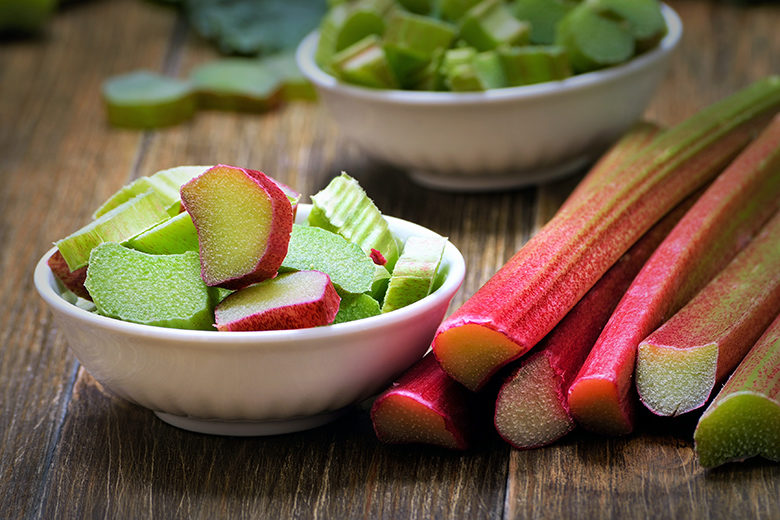
Making jam and baking bread — two things I used to find too daunting to try in my own kitchen, but with the right resources and a little bit of experimentation, they can both be quite manageable and fun.
My first time making jam began when an experienced friend came over with all of her equipment and showed me how to make a strawberry jalapeño jam. After filling five half-pint jars and hearing the seals pop, I was hooked. I immediately went online and ordered some of the basic equipment and began thinking about all of the possibilities.
Home food preservation can be intimidating because of concerns over food safety, but it is a really great way to enjoy local peaches in the middle of the winter or to help manage all those apples falling from an apple tree during a bumper year. Luckily, there are plenty of credible resources out there with science-based recommendations on how to preserve food safely at home. The Colorado State University Extension website also has information on canning fruits, vegetables and tomatoes — visit the CSU Extension website and search by "canning." Or take a look at blogger Anne Danahy's "Canning and Preserving 101" Stone Soup post from earlier this month. If it's recipes and ideas you're looking for, Pick Your Own has a ton — just search for the type of food you are interested in preserving.
This Rhubarb Ginger Jam was the first jam recipe I made on my own, and it really set the bar high. The rhubarb combines almost perfectly with the spicy ginger. I like to mix it in plain yogurt or put it on top of hot cereal cooked with fresh diced strawberries. This recipe can easily be doubled without any modifications.
Rhubarb Ginger Jam
Recipe developed by Lauren Larson, MS, RDN
Makes 3-4 8-ounce jars
Ingredients
3-4 half-pint (8-ounce) glass jars with new lids and screw bands
2 pounds fresh rhubarb, cut into ½-inch pieces
1 pound sugar
1 ½ ounces freshly squeezed lemon juice
¼ cup crystallized ginger, finely chopped
1 ½ inch piece fresh ginger, peeled and grated
Day 1 Directions
- Combine rhubarb, sugar, and lemon juice in a large glass bowl. Cover and let macerate in a warm location at room temperature for 24 hours.
Day 2 Directions
- Clean jars by washing them in hot soapy water and rinsing well or washing in a dishwasher.
- To sterilize the jars, fill a large stockpot with water and bring to a boil and reduce to a light boil (180ºF). Insert jar rack (if using) or push a washcloth to the bottom of the simmering water to keep the jars from banging and breaking. Submerge the jars, right side up, with enough water to cover the jars by 1 inch. Keep jars in the simmering water for at least 10 minutes at altitudes below 1,000 ft. (add an additional one minute for each 1,000 ft. in elevation) or until it is time to fill them with the rhubarb mixture.
- Place 4-5 spoons on a small plate in the freezer. These will be for testing the consistency of the jam while cooking.
- Transfer rhubarb mixture to a large non-reactive stockpot and stir well. Add crystallized and fresh ginger. Bring to a boil, stirring occasionally with a heat-proof spoon. Continue to boil, stirring frequently to prevent sticking, and reducing the heat as the jam starts to thicken and is no longer watery; about 20 minutes.
- Test the jam for doneness by scooping up a small spoonful using one of the spoons in the freezer. Transfer the spoon back to the plate in the freezer for 3-4 minutes. Tilt the spoon vertically to test the thickness of the jam. If it is thick, then the jam is done. If it is watery, cook it for a few more minutes. Repeat this process with the remaining spoons if necessary.
- When done, turn off heat, but do not stir. Skim any foam off the top with a stainless-steel spoon.
- When ready to fill the jars, remove and drain hot sterilized jars one at a time using the jar lifter and transfer, right side up, to a clean towel. Toss the lids (not the rings) into the hot water bath while filling the jars (for at least 5 minutes) to sterilize and soften. Reserve the hot water for processing filled jars.
- Using a clean funnel, fill the sterilized jars with the rhubarb mixture, leaving about ¼” of space at the top. Wipe any residue from the rims with a clean dampened paper towel.
- Using a lid lifter, lift lids from the hot water bath and place on each filled jar. Top with screw bands and tighten just until finger tight, but not overly tight.
- Using the jar lifter, transfer filled jars to water bath with enough water to cover by 1 inch. Bring to a boil and reduce to a simmer to process. Process for 5 minutes at altitudes 0-1,000 ft., 10 minutes at altitudes 1,001-6,000 ft., and 15 minutes for altitudes greater than 6,000 ft.
- Using the jar lifter, carefully remove jars and transfer to a clean towel to cool and seal. As the jars cool to room temperature the lids should pop down indicating a proper seal. If after 24 hours the lid springs up when you press and release it with your finger it is unsealed and may need to be processed with a new lid.





